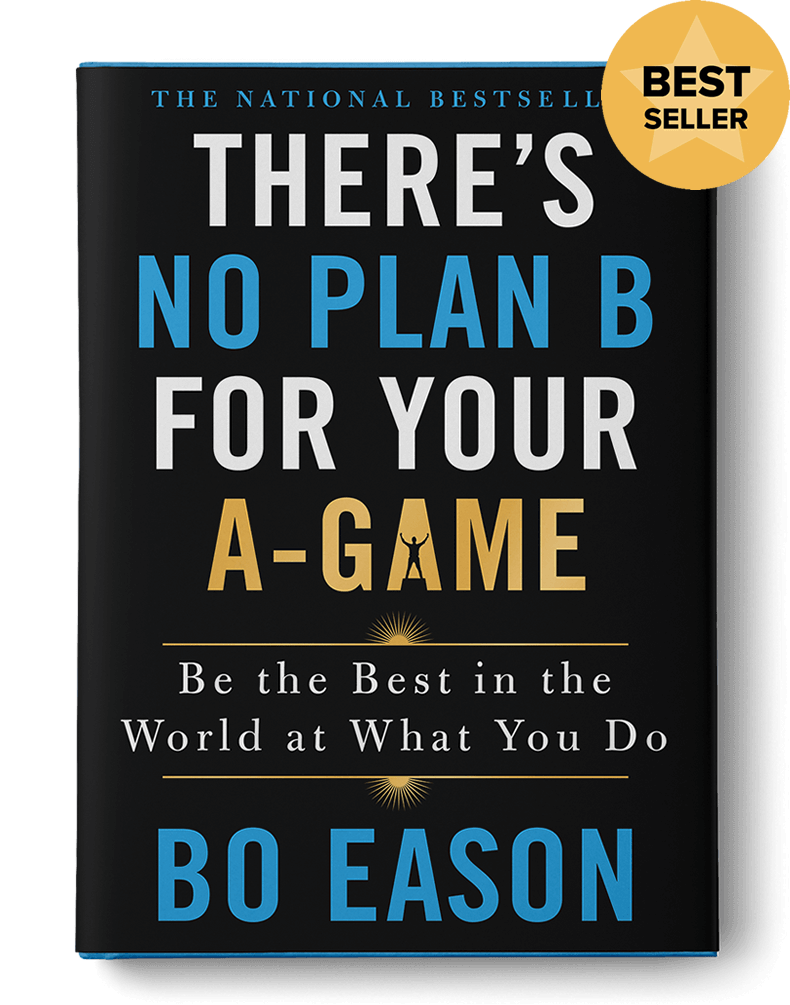You know the timeless story of David and Goliath, right? It’s arguably the most famous underdog story in history. The smaller, weaker opponent faces someone much bigger and stronger, and comes out on top.
In the history of mankind, when someone has heard that story, did anyone ever say, “I hope Goliath wins this time.” Has anybody ever chosen Goliath over David? No.
From the very first word out of my mouth every time I speak, my audience knows one thing immediately. I’m up against some big, bad monster that I probably won’t be able to beat … and then I do. Your story should start the same way. You just have to define who that enemy is and what the conflict is so that in telling your story, your audience chooses you.
Conflict is the most important element in storytelling. A good storyteller builds in conflict and builds up their enemy. You paint a picture of what the opposition looks like, feels like, smells like and sounds like. The bigger the enemy, the more your audience will respond because, ultimately, they want to side with you.
And I’m not saying your enemy is always bad. Sometimes your conflict is YOU. In fact, a lot of times your conflict is you—your own resistance. Sometimes your conflict is mainstream culture, or the government or the media. The bigger your enemy, the more watchable you become. People can’t look away when they know your butt is up against something that seems impossible to overcome.
Whatever it is, whoever it is, I want you to think about it for a second and then tell me who your enemy is in the comments below.

